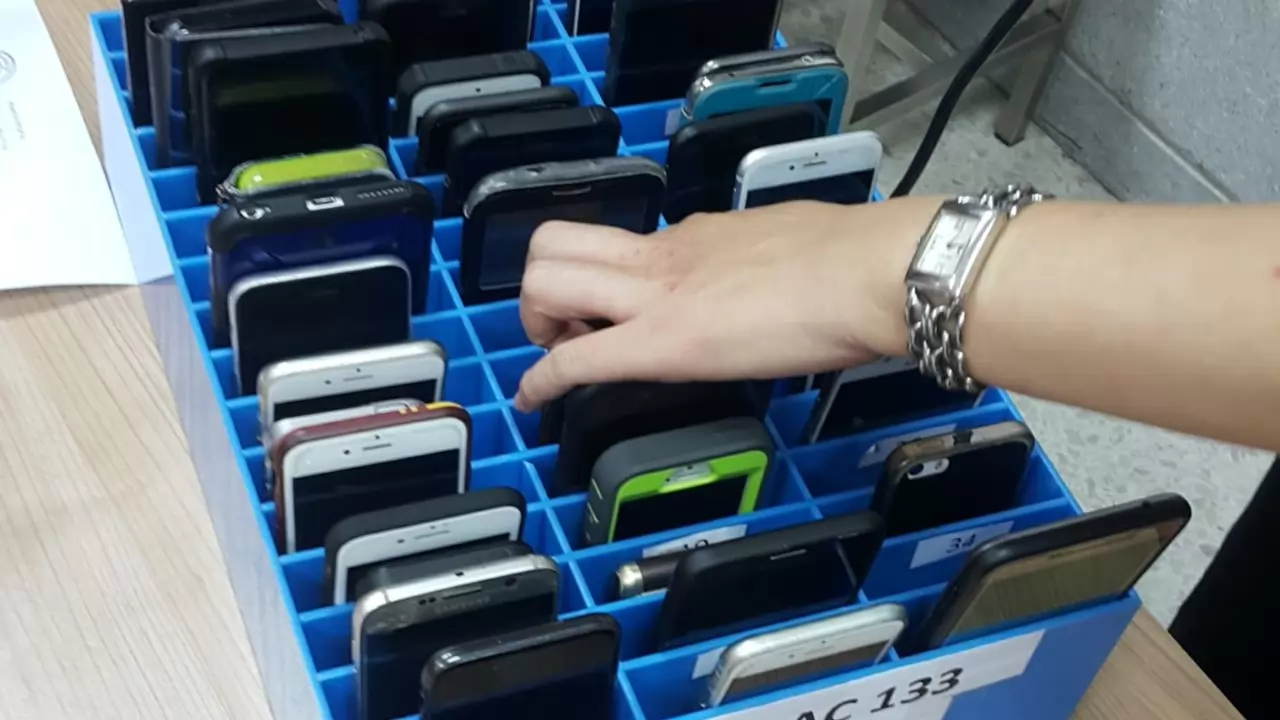
wikimediacommons
In one of the recent moves, the Los Angeles school district has banned the use of smartphones in schools this week. The move has been taken in a measure aimed at reducing distractions and promoting focus on learning. Notably, New York and California, the two most populous states, are considering the new state policies.
The move has been taken after California Governor Gavin Newsom called for a ban on smartphones in the classrooms, earlier this week. Notably, the majority of American schools currently have phone policies in place. The US Department of Education estimates that in the 2021–2022 school year, 76% of schools prohibited non-academic use.
State legislation requiring school districts to prohibit phones in classrooms and prohibit social media usage on school WiFi was put into effect in Florida last year.
The debate over the ban on smartphones has come after a long debate, that flared up after several schools saw phones as an increasing distraction, as a tool for cyberbullying and a potential source of cheating in assignments.
Here’s how such a ban might work and some considerations:
States would likely introduce legislation or policies mandating that schools prohibit the use of phones during school hours. This could involve amendments to existing school policies or new statewide regulations.
However, schools might allow exceptions for specific purposes, such as using smartphones for educational activities under teacher supervision. In addition to this, the schools will also have to allow phones in case of emergencies.
Conclusion
The ban on mobile phones in schools would help in minimizing distractions during classes. It will also encourage face-to-face interaction among students that will potentially reduce stress and anxiety associated with social media and constant connectivity.
Overall, while banning phones in schools aims to enhance the learning environment, its success depends on effective implementation, clear communication, and adaptation to the evolving needs of students and technology.





Copyright © 2025 Top Indian News
